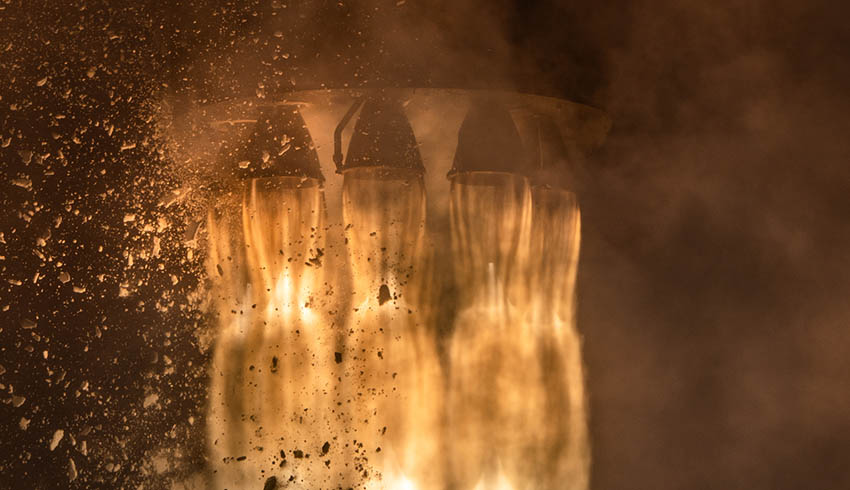These were named after New Zealand physicist Ernest Rutherford (1871-1937), referred to as the father of nuclear physics.
So far 70 Rutherford engines have been launched on seven Electron missions, most recently the Make It Rain mission launched from the company’s site on the New Zealand north island at the end of June.
Rocket Lab’s next launch is scheduled for August, though the company hasn’t yet announced a date or a mission name.
Its payload will include another BlackSky imaging satellite plus a number of secondary payloads. The specific payload manifest will be disclosed closer to launch time.
The Make It Rain mission also included a BlackSky satellite. It’s planned for 60 of these satellites to make up an Earth observation constellation, providing near real-time global imagery with resolution of about a metre.
Each Electron rocket comprises nine of the 35-kilogram Rutherford engines in its first stage and one vacuum-optimised engine in its second stage. These are liquid fuel engines, powered by kerosene and liquid oxygen. Each engine produces 24,000 Newtons of thrust (5,500 pounds).
These engines are manufactured at the company’s facility in Huntington Beach, California, and assembled into the Electron rockets in New Zealand.
Rocket Lab chief executive Peter Beck said the engine was designed from day one to be of high performance and also easily manufactured. The company makes extensive use of additive manufacturing for major components including combustion chambers, pumps and injectors.
“The design of the engine was really centralised around manufacturability. We planned on producing a lot of these engines, so we planned processes and designs that were very scalable,” he said.
“We just keep buying more and more 3D printers and just keep producing more and more engines.”
The company expects to take total engine production to 200 over the next year with rocket production to increase to one every two weeks.
This high rate of production means Rocket Lab has achieved a monthly launch tempo.
Rocket Lab is also building a second launch facility in the US. Its Launch Complex 2 is under construction at the Mid-Atlantic Regional Spaceport, Wallops Island, Virginia.
That will comprise an integration facility, launch pad and mission control and should be finished this year, with first launch likely next year.
“There is a strong business case for us to build that facility. We’re seeing a lot of interest, especially from government customers,” Beck said.

